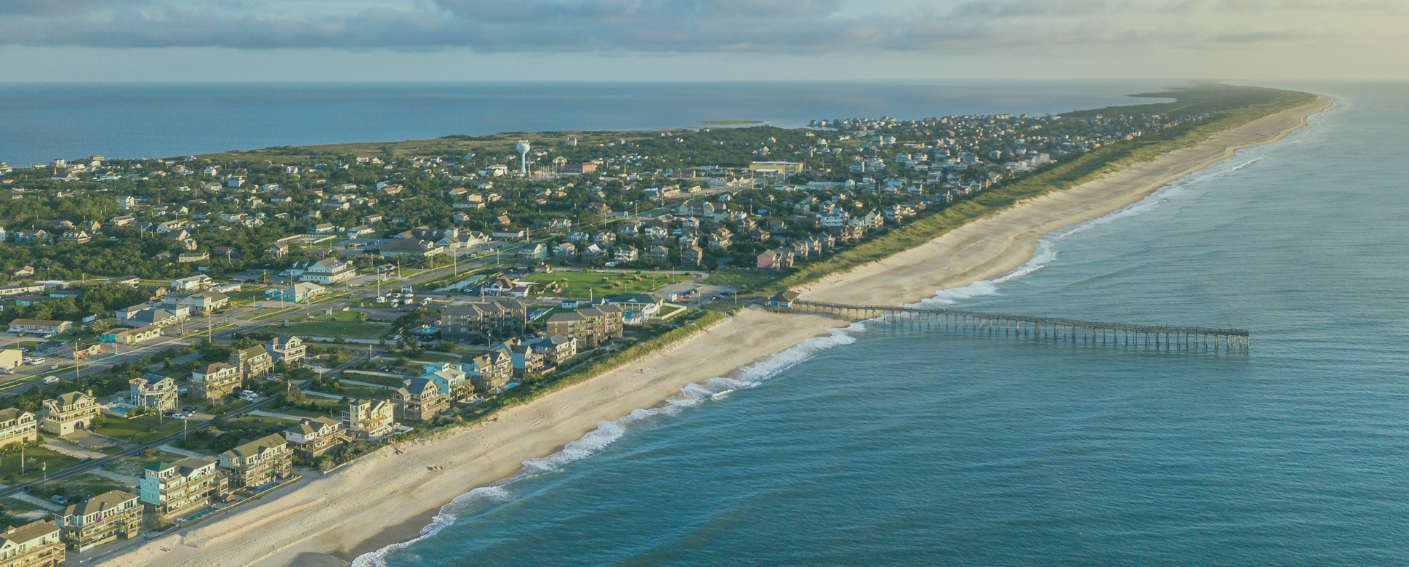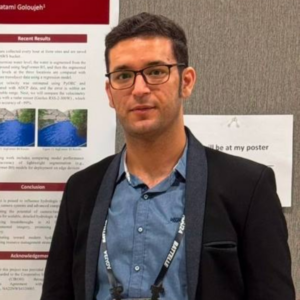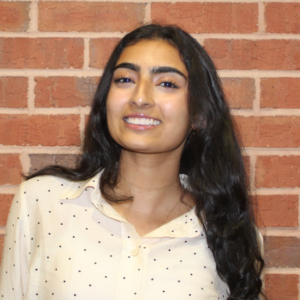The 2024 SECOORA Data Challenge invited undergraduate students, graduate students, and early career professionals to develop a project that combines multiple Southeast datasets to support one or more coastal communities by addressing a timely and relevant issue.
The SECOORA Data Challenge is an annual challenge that aims to engage our next generation of coastal and ocean scientists, managers, decision makers, coders, and entrepreneurs. Each year, we invite them to integrate coastal observing data found on the SECOORA Data Portal to address an issue faced by one or more coastal communities that impacts quality of life. Some examples of these issues include sunny-day flooding, harmful algal blooms, and shoreline erosion.
Read more about the Data Challenge here. Our winners this year include:
- Matthew Hatami, University of South Carolina
- Prasun Banerjee and Ananya Shetty, Georgia Institute of Technology
Learn more about these two projects below!
Matthew Hatami, University of South Carolina
Project Abstract
Matthew’s project aims to conduct a real-time shoreline vulnerability assessment for coastal communities across the Southeast U.S. The focus is on integrating real-time data to provide a dynamic understanding of shoreline vulnerability, taking into account factors like erosion, sea-level rise, storm surge, and human activities. By utilizing ESRI WebApp tools, and data from the SECOORA platform, the project ensures that decision makers and community members can access and understand vulnerability data effectively. The goal is to enhance community resilience and support informed decision-making through accessible and interactive tools that provide up-to-date insights into shoreline changes and associated risks.
“I am deeply honored to be selected as the recipient of the 2024 SECOORA Data Challenge! The tools and resources provided by SECOORA’s data portal are incredibly valuable for integrating monitoring systems to better support coastal communities. This opportunity allows me to collaborate with SECOORA in making critical data more accessible, fostering resilience, and empowering decision-makers to protect vulnerable populations. I am thrilled to contribute to this meaningful effort and to help bridge the gap between data and actionable solutions for coastal sustainability.”
— Matthew Hatami, graduate student at the University of South Carolina
Prasun Banerjee and Ananya Shetty, Georgia Institute of Technology
Project Abstract
Prasun and Ananya’s project aims to build a flood risk management model for Tybee Island to improve economic risk prediction from flood-related damages. They will implement a Time Series Foundation Model (TimesFM) to capture flood seasonality and climate-driven shifts, pair it with Random Forest models to assess the influence of infrastructure and landscape features, and integrate economic datasets to quantify direct and indirect financial impacts of flooding. The outcome of this project will be an interactive dashboard for stakeholders, allowing them to visualize real-time flood predictions and their potential economic impacts, as well as display key risk metrics, such as estimated repair costs, Value-at-Risk (VaR), and expected shortfall. By developing this dashboard for Tybee Island, they aim to create a framework that can be adapted and applied to other southeastern U.S. coastal cities facing similar risks, exemplifying the value of data-driven insights and statistical modeling in solving real-world problems.
“We are incredibly excited to have been selected as winners of the SECOORA Data Challenge. The issue we’ve chosen to address — improving flood risk predictions and understanding their economic impacts on coastal cities — holds significant relevance for residents and stakeholders in U.S. coastal communities. We are deeply grateful to SECOORA for providing us with this opportunity to tackle such a critical challenge. This project is a step forward in addressing the prevalent issue of climate change and coastal flood risks, and we are honored to play a part in shaping a more resilient future for these communities.”
— Prasun Banerjee and Ananya Shetty, undergraduate students at the Georgia Institute of Technology
Related news
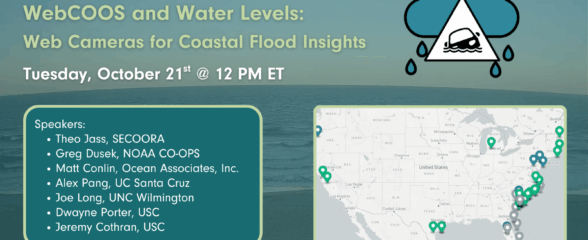
SECOORA Webinar | WebCOOS and Water Levels: Web Cameras for Coastal Flood Insights
On October 21st at 12 PM ET, SECOORA is hosting a webinar with investigators from the Webcam Coastal Observation System (WebCOOS) project team and the WebCOOS Project Manager. Web cameras are a low-cost technology that can be used to document flooding impacts to coastal communities. Register here.
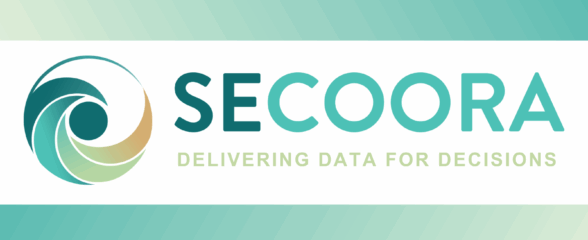
SECOORA Funding Opportunity Announcement: Letters of Intent Solicitation
SECOORA will submit a coordinated regional proposal in response to the anticipated FY 2026 Implementation of the U.S. Integrated Ocean Observing System (IOOS) funding opportunity. Letters of Intent to be considered for inclusion in SECOORA’s full proposal are due September 9, 2025.

SECOORA Hosts the First Surface Elevation Table (SET) Community of Practice Virtual Workshop
The SECOORA SET Workshop was virtual on July 17, 2025. More than 50 Community of Practice members and stakeholders joined this collaborative workshop to discuss SET monitoring, coastal resilience, and data-driven decision making in the Southeast.
